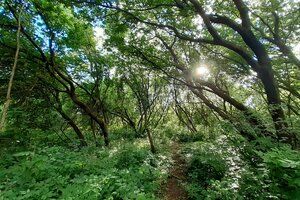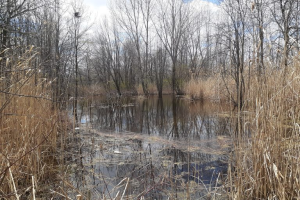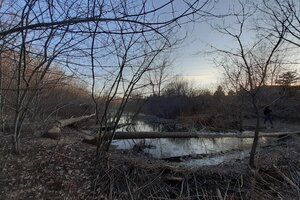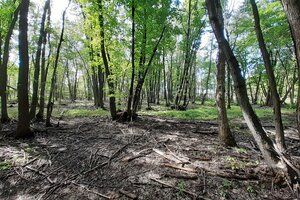
There are 16 main woodlands on Laval territory. Some of them are being taken care of by organizations, but the majority remain orphaned and unknowned by the population. The metropolitan area of Montreal, including Laval, is located in the maple hickory bioclimatic domain, which is an extremely rich and diverse ecological community strongly shaped and altered by human activity.
In Laval, forest stands cover close to 1600 hectares of the surface area - which represents less than 10% of Jesus Island. Those that are the most interesting for conservation are regrouped in 22 woodlands « of municipal interest » or « metropolitan interest », and benefit from a partial or total « conservation » or « protection » zoning. Many of these woodlands are open to the public. Activities are also organized to increase the accessibility to nature, enhance stewardship and strengthen the bond between people and local forests.
Not too long ago, Jesus island was completely dominated by magnificent forests. But just like most of southern Quebec, urban development took over the land without considering the richness of our natural heritage and the quality of living that was at stake. Paving does not seem to slow down and creates health threatening heat islands. There is definitely room for improving our conservation, protection and reforestation efforts here in Laval. Woodlands represent natural wealth and they mostly belong to the private sector.
However, for the past few years, the City of Laval has been making acquisitions of lands in order to conserve them. CRE de Laval sure welcomes such actions and also wishes deeply that these acquisitions become more and more frequent so that the City can reach its goal of 14% of land protected.
The conservation of natural ecosystems is a key element of climate change mitigation. Forests also decrease torrential rain impacts, filtrate the air, capture dust and pollutants, emit oxygen and absorb carbon dioxide. Woodlands are effective and eye-pleasing visual screens, create interesting landscapes and act as noise buffers. They thus provide essential services for our mental and physical health, help us feel more relaxed and spread out a bit of life and beauty in our urbanized communities.
Laval's urban woods and forests
Natural environments of Laval
The following map is from the Revised land use and development plan of the City of Laval (2017) and presents the protected areas and woodlands of interest of Jesus island.
.jpg)
Back to news list


